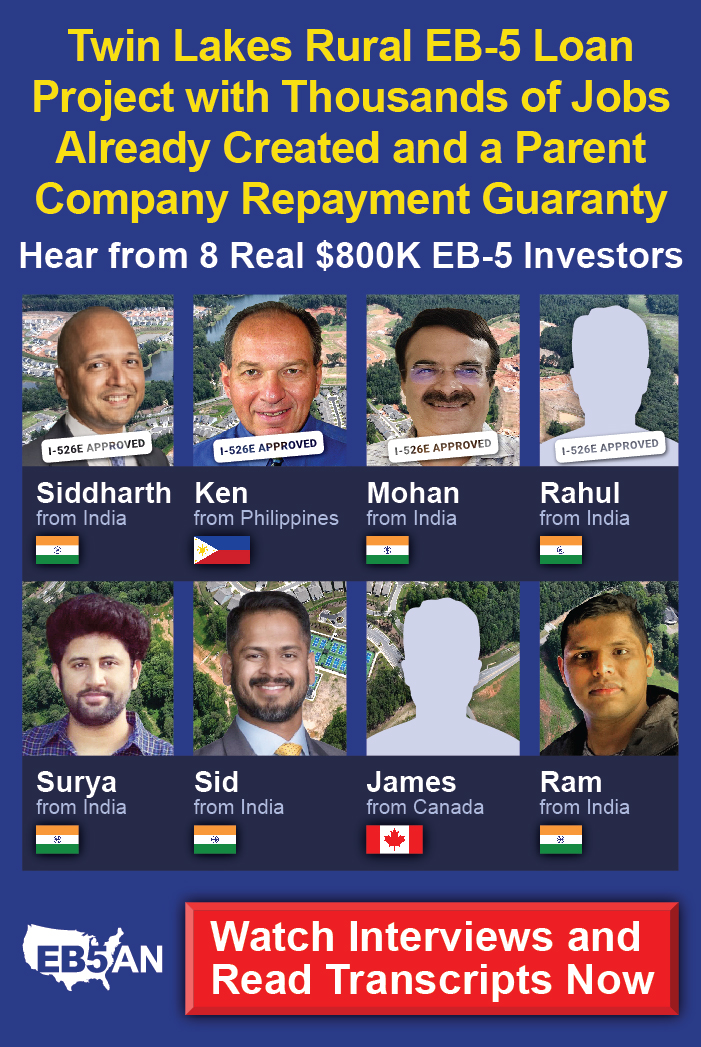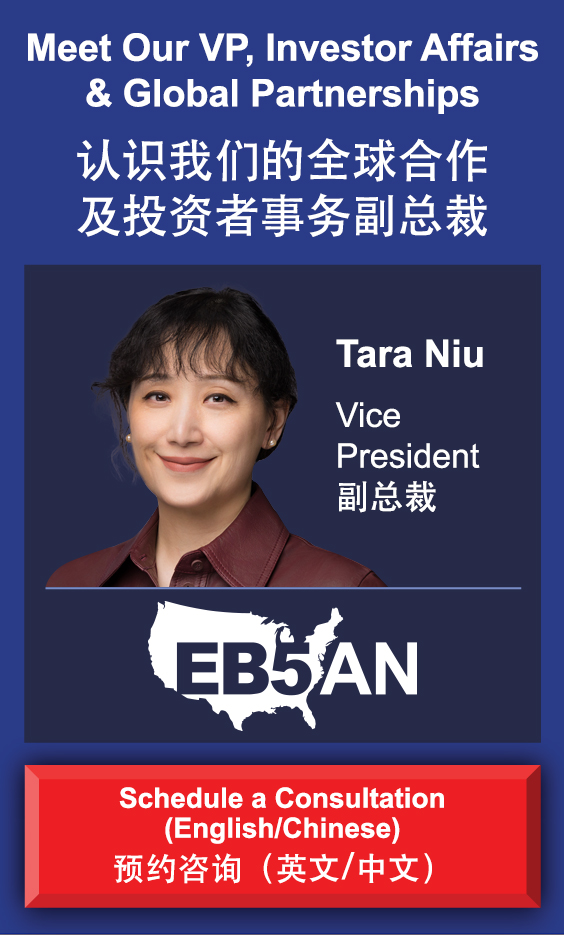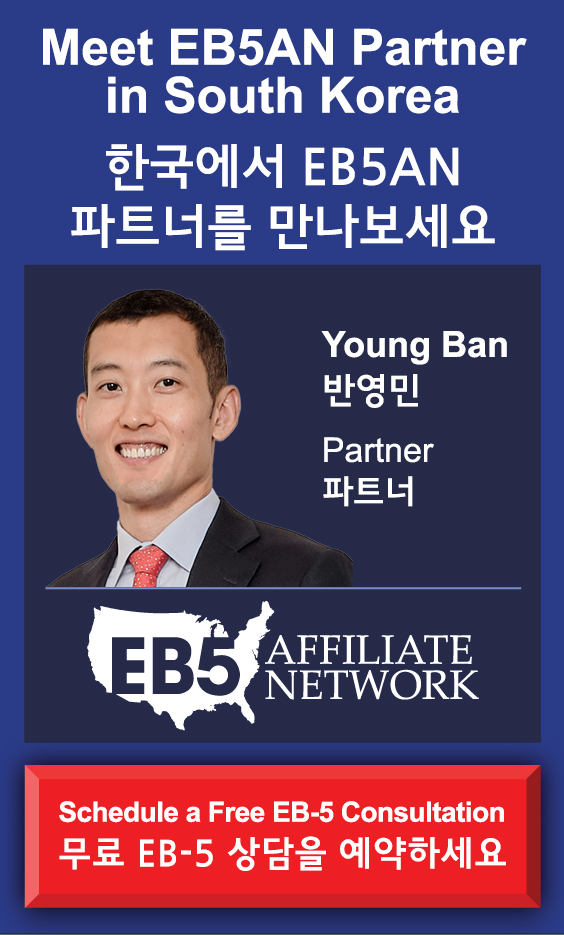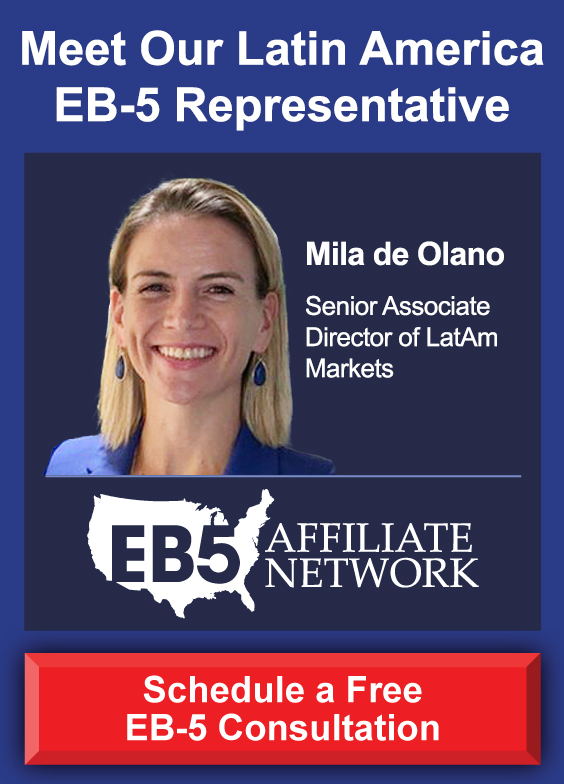Students from Sierra Leone hoping to broaden their future horizons with an education from a U.S. college now have access to a comprehensive resource to aid them in their U.S. study experience. Check out our free guidebook specifically for Sierra Leonean students: Studying in the U.S.A. – A Guidebook for Students from Sierra Leone.
This comprehensive guide can help students from Sierra Leone understand the various aspects of searching for and applying to a U.S. university, filing for a U.S. student visa, and securing everyday services, such as health care and banking, in the United States. The guidebook also introduces the key cultural differences between the US and Sierra Leone, helping Sierra Leonean students better integrate and form lasting relationships with their American peers. Students from Sierra Leone can also use included the document and packing checklists as an extra measure to ensure the process goes smoothly and they don’t forget anything.
Download “Studying in the U.S.A. – A Guidebook for Students from Sierra Leone”
The rise in students from Sierra Leone studying in the United States is increasing more and more. With the help of this detailed guidebook, the process will become easier for Sierra Leone students, and the dream of earning a degree from a prestigious American university can become a reality. EB5 Affiliate Network’s free guidebook is an invaluable resource for Sierra Leonean students as they embark on this noble journey.
Students from Sierra Leone: Background Information
Sierra Leone is the homeland of a number of international students pursuing a degree in the United States. Though it may not represent the majority of international students from Africa, the West African nation is seeing more and more of its ambitious youth carve a better life for themselves through the attainment of a U.S. college degree. The upward trend is projected to continue.
An Overview of the Sierra Leonean Economy
Sierra Leone’s population, as of 2021, is estimated at just under 8 million. The country’s GDP growth rate was 3.7% in 2017 and 6.3% in 2016, but 2015 dealt a blow to the nation, with a 20.5% decrease in GDP. The per-capita GDP is recorded as less than $2,000, and with an inflation rate of nearly 15% in 2019, maintaining savings is no easy task for Sierra Leoneans. Roughly half of the working-age population engages in subsistence farming, and 61% of the labor force similarly works in agriculture. The unemployment rate stands at around 15%, but the percentage of the population living below the poverty line is far larger at around 70%.
Sierra Leonean Students in the United States: Will the Trend Continue?
Out Sierra Leone’s 8 million inhabitants, approximately 200 are thought to be studying in the United States. When this figure is calculated against the total population, it can be estimated that about 0.002% of Sierra Leone’s population is studying abroad in the US.
The number of students from Sierra Leone in the US has continued to increase over the years, even as domestic educational opportunities became more widespread. In Freetown, universities are even attracting their own international students from elsewhere in West Africa. The growing opportunities to educate oneself online—for example, edx.org, udemy.com, and coursera.com—has not deterred Sierra Leonean students from studying in the US, either.
However, one problem negatively impacting growth of international in students from Sierra Leone receiving a U.S. education is that the cost of a U.S. education is has increased substantially over the past 20 years. According to the Wall Street Journal, U.S. university tuition has increased 500% since 1987. But regardless, international students have still flocked to the United States, with the figure skyrocketing 85% from 2005 to 2015.
Tuition rates have indeed increased for all students, but international students bear the brunt of the expenses. Whereas U.S. citizens and permanent residents enjoy lower tuition rates, an international student from Sierra Leone can expect to shell out around $22K per year for a public university or $50K for a private university. This equals out to about three or four times more than U.S.-based students.
Pathway to Reduced Education Costs for International Students from Sierra Leone
Obtaining permanent resident status—commonly referred to as a green card—can dramatically decrease an international student’s monetary burden. Among the numerous benefits that come with U.S. permanent residency, a green card holder can also sink the costs of their U.S. education significantly, as they may be eligible to take advantage of in-state tuition rates. Not only that, but permanent residents can also obtain scholarships, grants, and other financial assistance to support their U.S. education—a fantastic solution for Sierra Leonean students.
EB5 Affiliate Network (EB5AN) wants to encourage students from Sierra Leone to pursue their dreams of studying in the US, whether they do so with an EB-5 permanent resident visa or an F-1 temporary student visa. In either situation, EB5AN can help.











